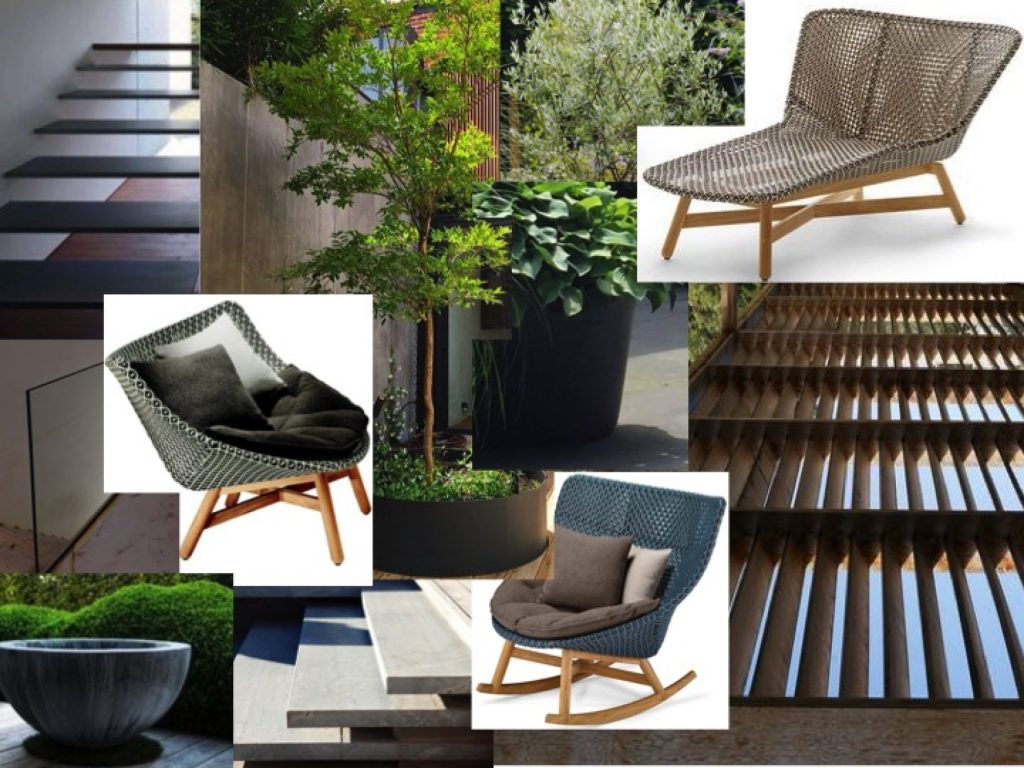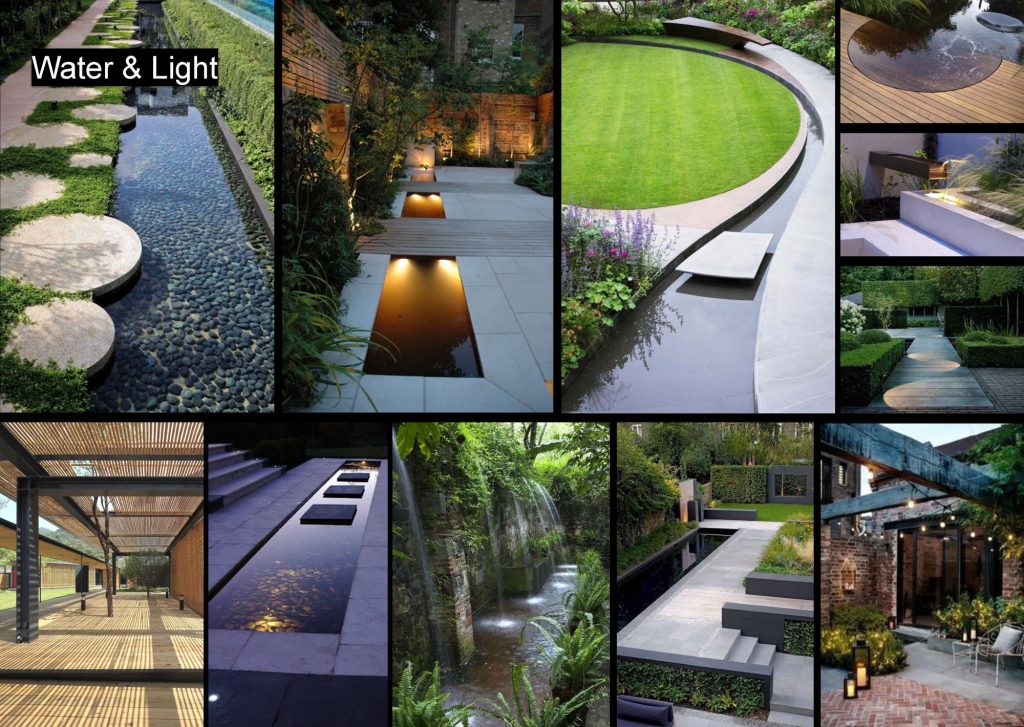
Ceilings vs Skies: Comparing Interior and Landscape Design for Better Home Design

If your living room feels intentional but your garden feels like an afterthought, the problem isn’t just aesthetic. It reflects a deeper disconnect in how indoor and outdoor spaces are designed.
Interior and landscape design rely on shared ideas—balance, proportion, movement—but they respond to different forces: one shaped by structure, the other by exposure. When these disciplines are treated as separate, the result is a home that functions in fragments.
This piece explores bringing those elements back into conversation by carrying emotion, material, and light across thresholds.
Designing a coherent home starts with understanding how space feels, whether surrounded by walls or standing beneath an open sky.
How Space Feels: Rooms with Walls vs Gardens with Weather
Interior design operates within containment; landscape design begins with exposure. One engages with fixed architectural parameters, while the other responds to open environmental systems.
Inside, your spatial palette is defined: rooms, corners, doorways, and circulation paths are dictated by walls, floors, and ceilings. Your role is to articulate use within that envelope. But garden spatial planning begins with negotiation. Outdoors, you contend with topography, microclimate, prevailing winds, sunlight orientation, soil condition, and inherited vegetation.
The garden isn’t an empty canvas—it’s a layered site awaiting interpretation. Every outdoor space offers cues and constraints—some visible, others sensed.
Both disciplines organise space in zones. Just as an open-plan kitchen flows into a sitting area, a sunken terrace might step toward a meadow or a shaded bench. But in the garden, these transitions are shaped not by plasterboard or steel, but by light angles, shadow cast, planting density, and the ambient sounds around you.
Materials in Motion: Designing with Change in Mind
Interior materials are chosen for stability. Paint stays on the wall, tiles resist wear, and comfort is anchored in control. A glossy floor will behave the same in winter or summer.
Landscape design embraces change. Nothing stays static—plants thrive or fade, timber greys, and moss appears. A garden is a living palette: gravel crunches underfoot, bamboo rustles in the breeze, and dappled light dances through foliage. These experiences are tactile, visual, auditory, and fleeting.
Lighting connects both worlds. Inside, it serves a function and ambience. Outside, it becomes atmospheric, extending emotion into the garden after dark. When you highlight focal features, a sculptural tree gently lit can create presence and pause. Good design anticipates behaviour—choosing, for instance, a textured stone for grip on a shady patio, where frost might otherwise settle.
Function and Flow: Designing for Everyday Use

Great design doesn’t just look good—it works. Indoors, function is relatively stable: cook here, sleep there, work at this desk. Rooms are assigned mainly; the challenge lies in optimising comfort and efficiency. Outdoors, it’s fluid. A garden may be a play area, a sanctuary, a dining space, or a pollinator-friendly border—sometimes all in one week.
This is where landscape design thrives: in its flexibility. For instance, can your pergola serve as a summer dining space and a winter tool shelter? Is your compost bin accessible when it rains? Is your lawn multifunctional—fit for play, relaxation, and biodiversity?
To manage this complexity, designers apply design principles for balance. Not just visual symmetry, but functional harmony. Ask yourself:
- Are pathways intuitive and safe year-round?
- Is there shade in summer, light in winter, and shelter in between?
- Can different users enjoy the same space differently?
Inside, flow often follows geometry—corridors, clusters, zones. Outside, rhythm is felt more than seen. Repeated plant shapes or hardscape materials guide movement, while quiet nooks slow it. The garden’s layout must support shifting daily rituals and seasonal use.
Mood Matters: Designing with Scent, Shadow and Emotion
Design without emotion is sterile. Beyond form and function lies a deeper question: how do you want to feel in a space? The answer guides both disciplines, though their emotional tools differ.
The Role of Comfort Indoors
Interior design draws on contrast and enclosure. Think velvet against timber, soft light against matte paint. A reading nook lit by a pendant lamp isn’t just practical; it whispers: stay a while. Emotion is orchestrated through materials and arrangement. Zones for solitude, conversation, or focus emerge through lighting, layout, and tactility.
Outdoor Mood: Pattern, Scent, and Season
Landscape design uses flux to evoke feeling. A lavender border that releases scent underfoot, grasses that sway with the breeze, a tree casting dappled shade over gravel—these aren’t mere features—they are emotional choreography. Outdoor emotion is less fixed and more reactive to conditions—sunlight, wind, and season collaborate with the designer.
The sensory bridge between indoors and out can be powerful. A sheer curtain catching morning light might mimic leaves outside. An open window carries rosemary from the herb bed. A strong home design connects these worlds physically and emotionally, allowing comfort and beauty to travel freely between them.
What Interior and Landscape Designers Have in Common
Despite their differences, interior and landscape designers share a mindset. Both use scale, rhythm, and hierarchy to lead the eye and shape experience. Both strive for clarity without clutter. They edit with intention. Whether it’s a wall or a hedge, a pendant light or a fire pit, each element has a reason to be there.
The medium may change—a wall vs. a hedge, a chair vs. a bench—but the principles hold. Ultimately, both disciplines aim to reveal a space’s character and serve the people within it, encouraging interaction, ease, and connection.
Ceilings and Skies: Designing Homes That Breathe
The most memorable homes treat interiors and gardens not as rivals but collaborators. They breathe through their boundaries, sharing light, air, and emotional tone.
If you’re beginning your design journey, start by observing. Where does light fall? What feels comfortable, and why? Read interior and landscape design texts and study not just how things function, but how they make you think. Follow the cues your spaces give you.
Think of lighting as emotional grammar. Think of planting as spatial punctuation. And always design for continuity: between rooms, seasons, and through the senses. The aim is coherence, where every threshold feels like a gentle transition, not a jarring divide.
Because in thoughtful, intentional home design, ceilings and skies aren’t boundaries—they’re beginnings.

